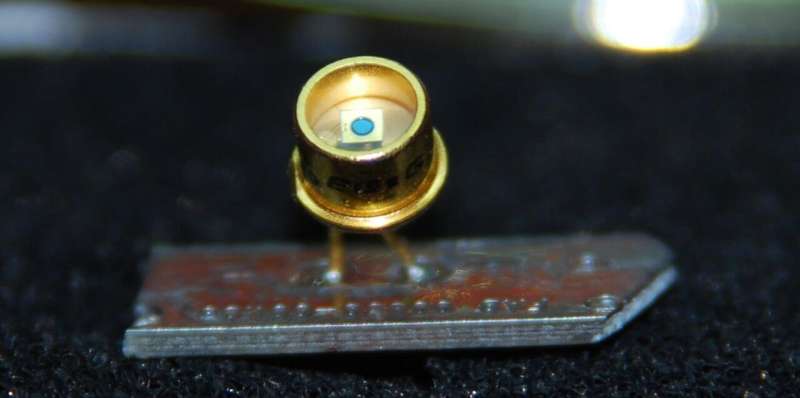Scientists studying the interstellar comet 3I/ATLAS have acknowledged that its origins may remain an unsolved mystery. Discovered on July 1, 2025, by the Asteroid Terrestrial-impact Last Alert System (ATLAS) survey telescope in Chile, this celestial body has captivated researchers due to its highly hyperbolic orbital path, indicating it is not bound by the Sun’s gravity and likely originated from outside the Solar System.
Despite the extensive observations from advanced telescopes, the exact location from which 3I/ATLAS was ejected remains elusive. The complexities of time and the vastness of the galaxy complicate efforts to trace its origins. A recent analysis highlights the challenges of charting 3I/ATLAS‘s trajectory through the Milky Way over millions of years. The object has likely been displaced from its original star system billions of years ago, encountering numerous stellar bodies along its journey.
Challenges in Tracing Cosmic Origins
The team investigating 3I/ATLAS noted that its high excess velocity and cometary characteristics position it as a significant probe of interstellar dynamics. Yet, the lack of a discernible parent star and the multitude of gravitational interactions it has undergone blur its historical path. One researcher explained that, over millions of years, an object can encounter various celestial phenomena that dramatically alter its trajectory.
The analogy of a “ghost from space” aptly describes 3I/ATLAS. Its presence is visible now, but its origins may be forever shrouded in mystery. As stated in a report by New Scientist, scientists express that they may “never figure out where [3I/ATLAS] came from.”
Scientific Insights from a Cosmic Visitor
While its birthplace may be untraceable, 3I/ATLAS continues to provide valuable scientific data. Observations from the James Webb Space Telescope (JWST) and other infrared instruments revealed that the comet’s coma is primarily composed of carbon dioxide, with a CO2/H2O mixing ratio among the highest ever recorded for such objects.
Moreover, 3I/ATLAS is significantly larger and brighter than previous known interstellar objects, making it an exceptionally interesting subject for study. It is projected to pass inside the orbit of Mars and reach perihelion—its closest approach to the Sun—around late October 2025, before departing the Solar System permanently.
Despite the uncertainties surrounding its origins, 3I/ATLAS serves as a compelling reminder of the richness of our cosmic neighbourhood and the limits of human knowledge. As one astronomer aptly noted, the comet acts as “a time capsule from another system.” Its journey through the Solar System invites contemplation about the mysteries of space and humanity’s quest for understanding.
In summary, while 3I/ATLAS may slip into the void without revealing its secrets, it leaves behind an intriguing legacy that encourages ongoing exploration and inquiry into the cosmos.







